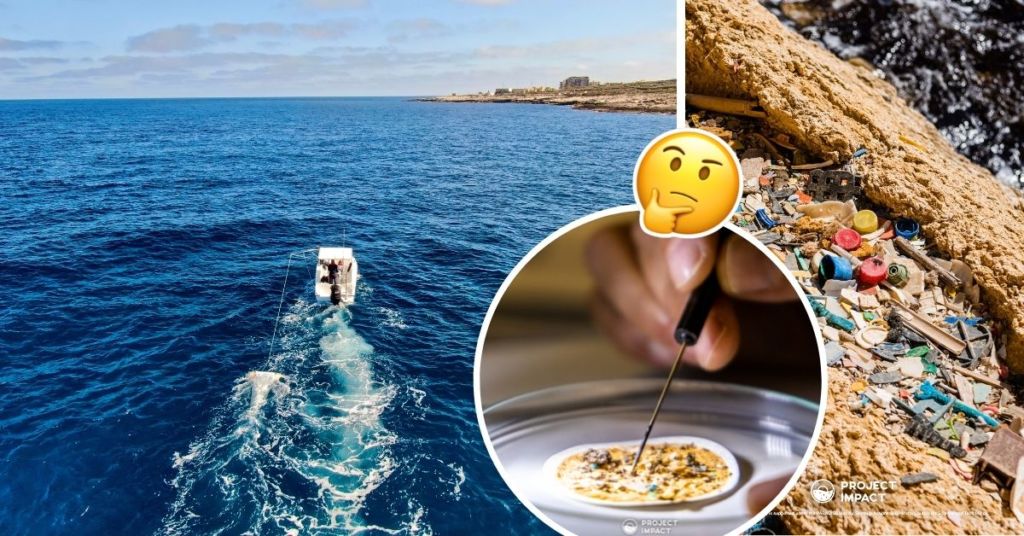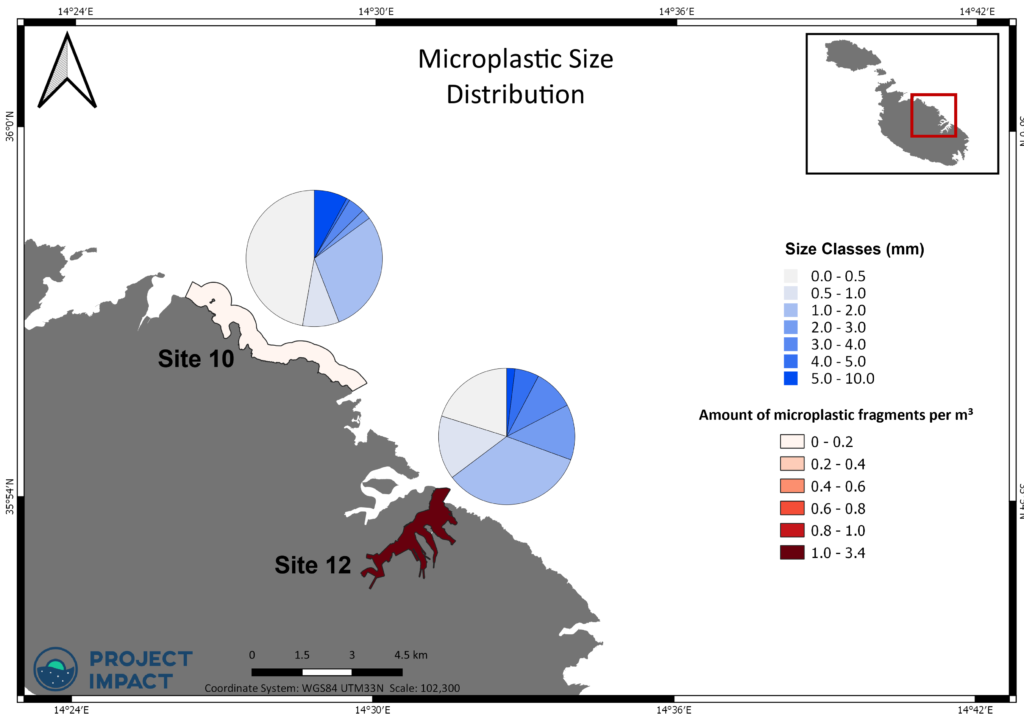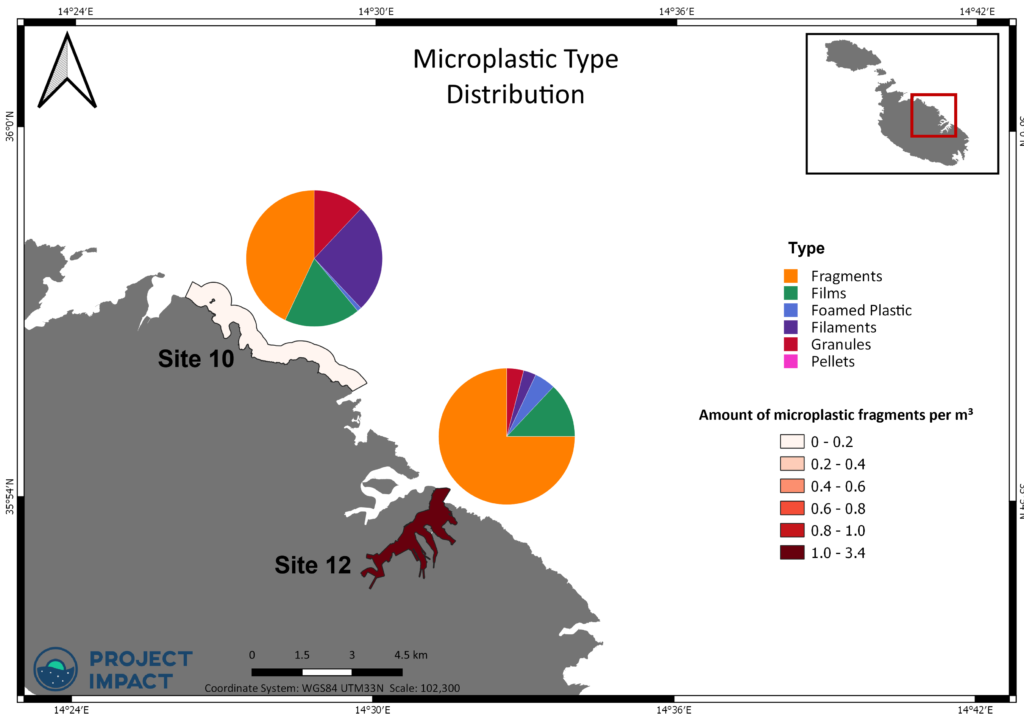Malta’s Grand Harbour Area Has Highest Levels Of Microplastics, New Impact Study Shows

Recent findings emerging from an ongoing environmental collaborative project have found which parts of Malta’s sea have the highest levels of microplastics – and it’s quite an eye-opener.
Through preliminary findings, Project Impact found that the Grand Harbour area has one of the highest levels of microplastic throughout the island.
“Site 12 is the Grand Harbour, where the concentration of microplastics found in this site is comparable to the highest concentration of microplastics in other harbour areas within the Mediterranean,” the findings found.
Microplastics are typically tiny pieces of plastic debris that are less than five millimetres in length. Due to their small size, they are quite difficult to be seen, and therefore it can be quite challenging to study and control them.
Microplastics can be extremely damaging to marine organisms, and they could also potentially sink to the seabed.

Size and length of microplastics found in the area
During the research process, the coastal areas around Maltese waters were divided into a number of zones. Within each zone, samples were collected along transects using a Manta net between March and July of this year.
The lowest level of concentration was found in site 10, on the Eastern side of Malta, with the size of the microplastic found there being relatively low in this area.
The Grand Harbour not only had the highest concentration of microplastics, but also had the largest particles in terms of size.
Some studies have said that identifying the type of microplastics can lead to a better understanding of the source of this pollutant.

Type of microplastic
In this study, the most common type of microplastics was fragmented pieces, that is microplastics that come from the breakdown of larger pieces of plastic marine litter that floats on the sea’s surface.
Results also show that microplastic distribution and composition are not homogeneous; there are clear differences between different coastal areas around the Maltese Islands.
Microplastics were extracted and analysed in the laboratory. Samples were then physically identified through visual observations and chemically characterised using Fourier transform infrared (FTIR) spectroscopy.
FTIR is a technique used to obtain an infrared spectrum of absorption or transmission of a solid, liquid or gas which provides insights into the chemical nature of the substance.
MCAST, AquaBioTech Group and Żibel have teamed up together to work on IMPACT – Identifying Microplastic Hotspots in the Maltese Waters.
IMPACT is aimed at evaluating concentrations of microplastics around the Maltese islands as well as identifying the most common polymers found by applying a standardised monitoring protocol.
Check out their project website here.
Identifying Microplastic Hotspots in the Maltese Waters – IMPACT (GA: PRD 002) is supported under the PARADISE Call for Start-up Actions 2020-Malta Council for Science and Technology.
Share to raise awareness
